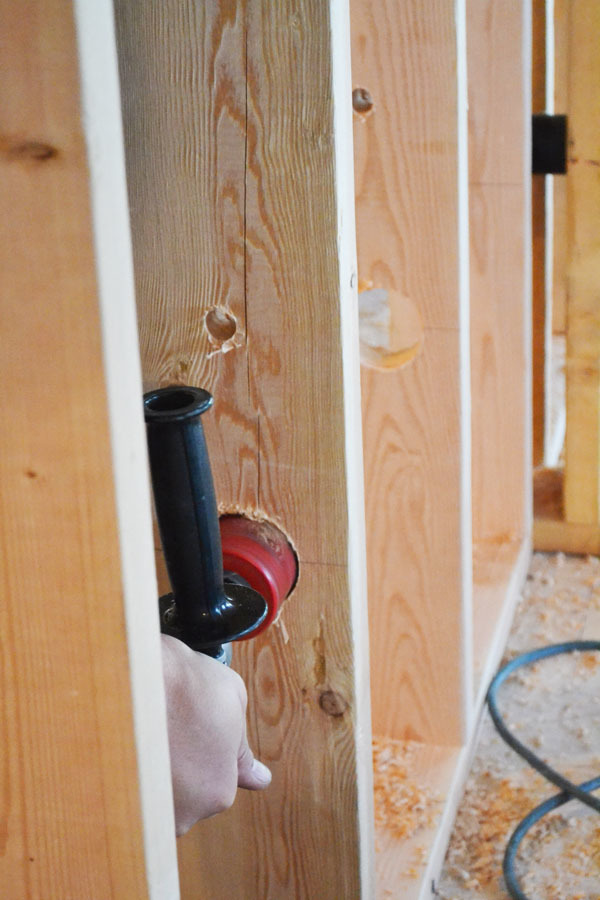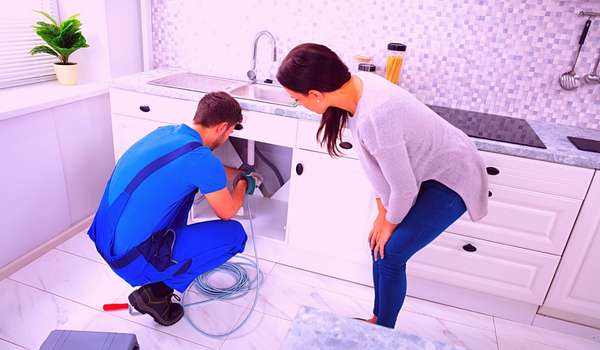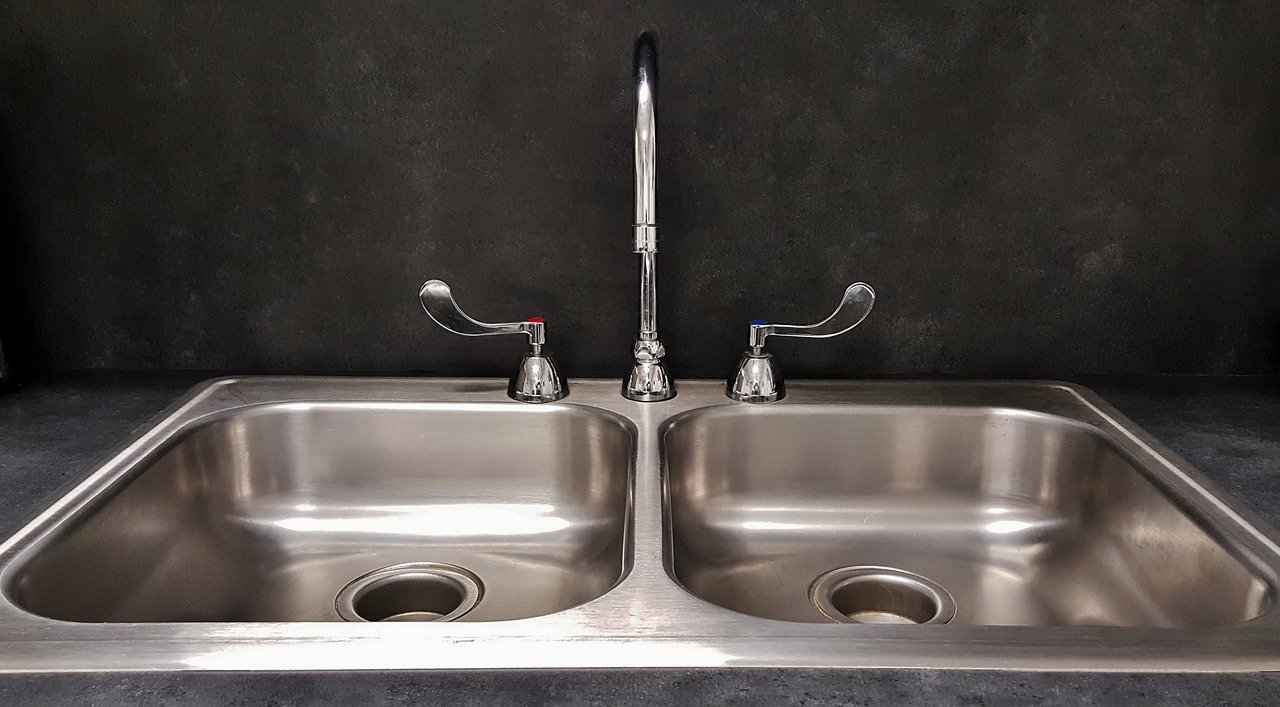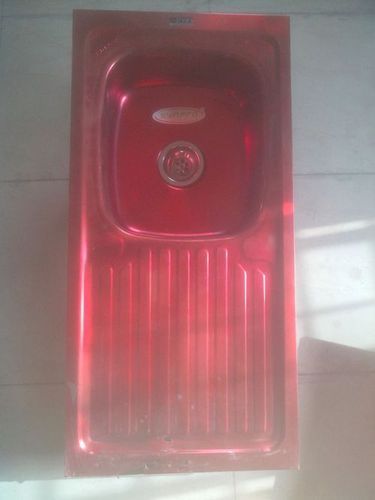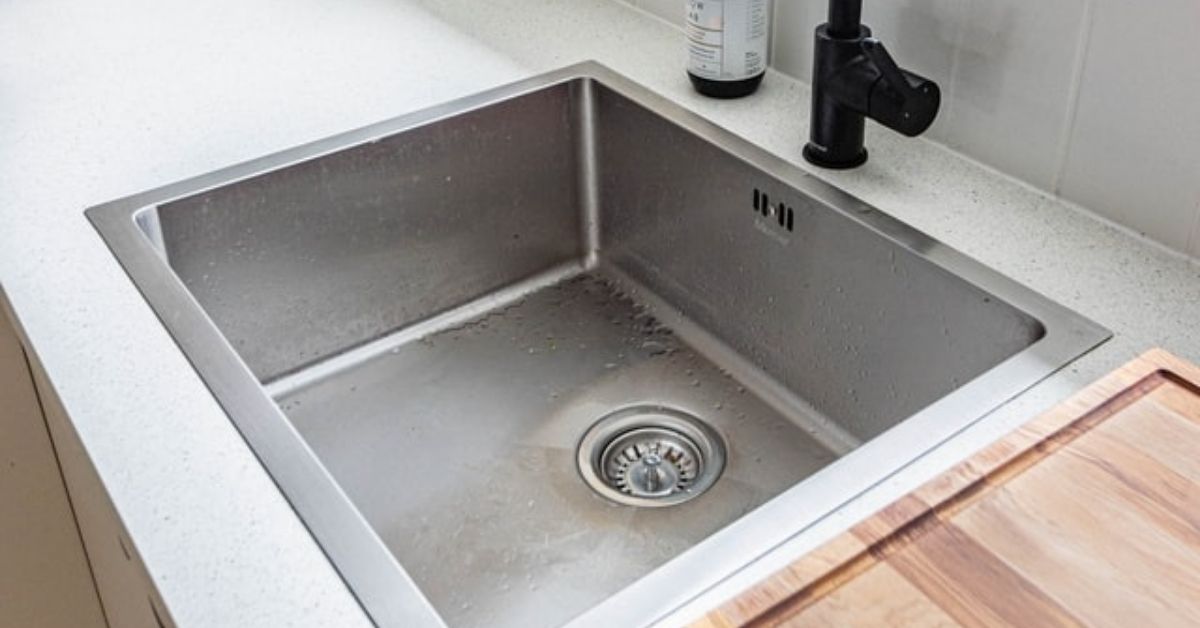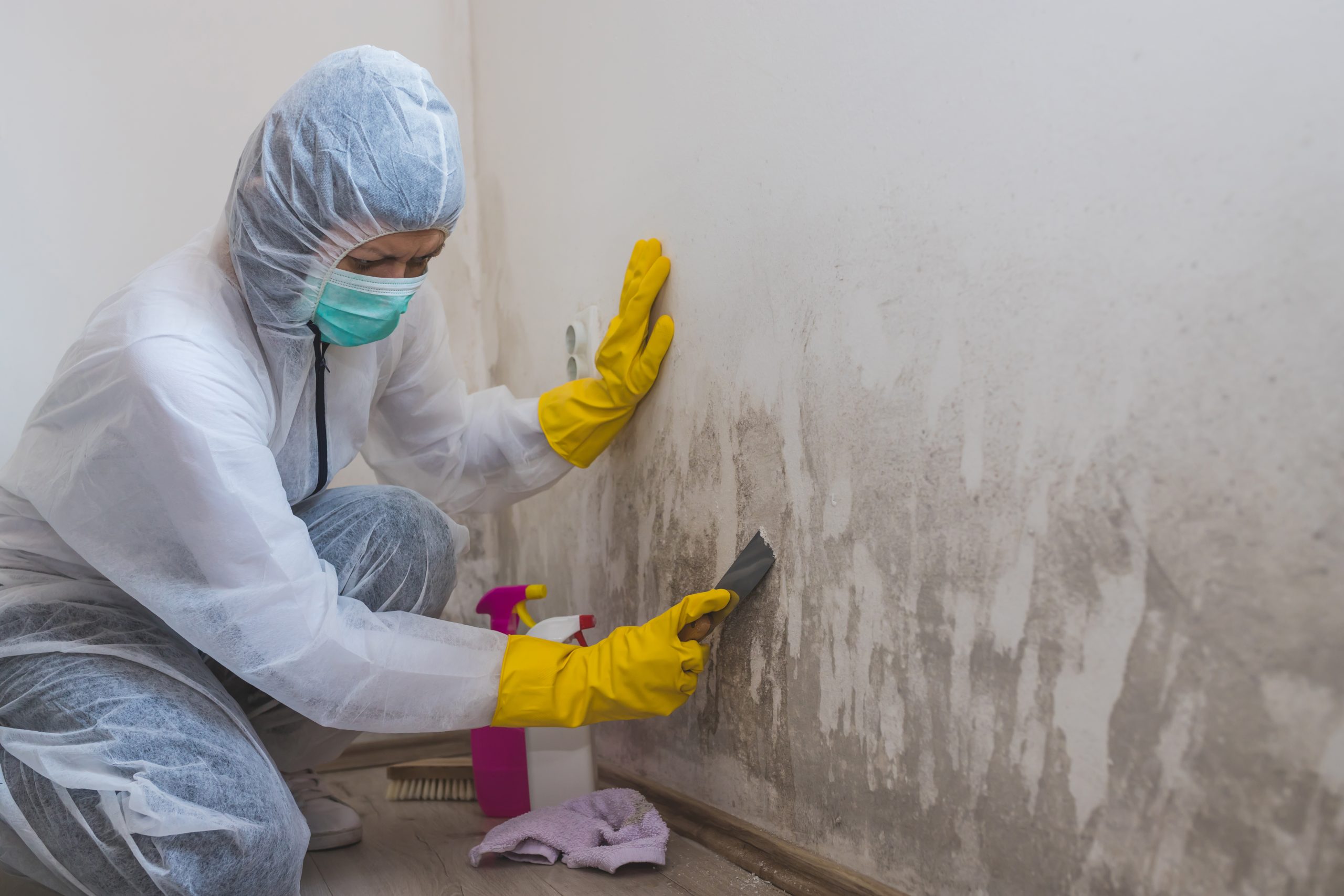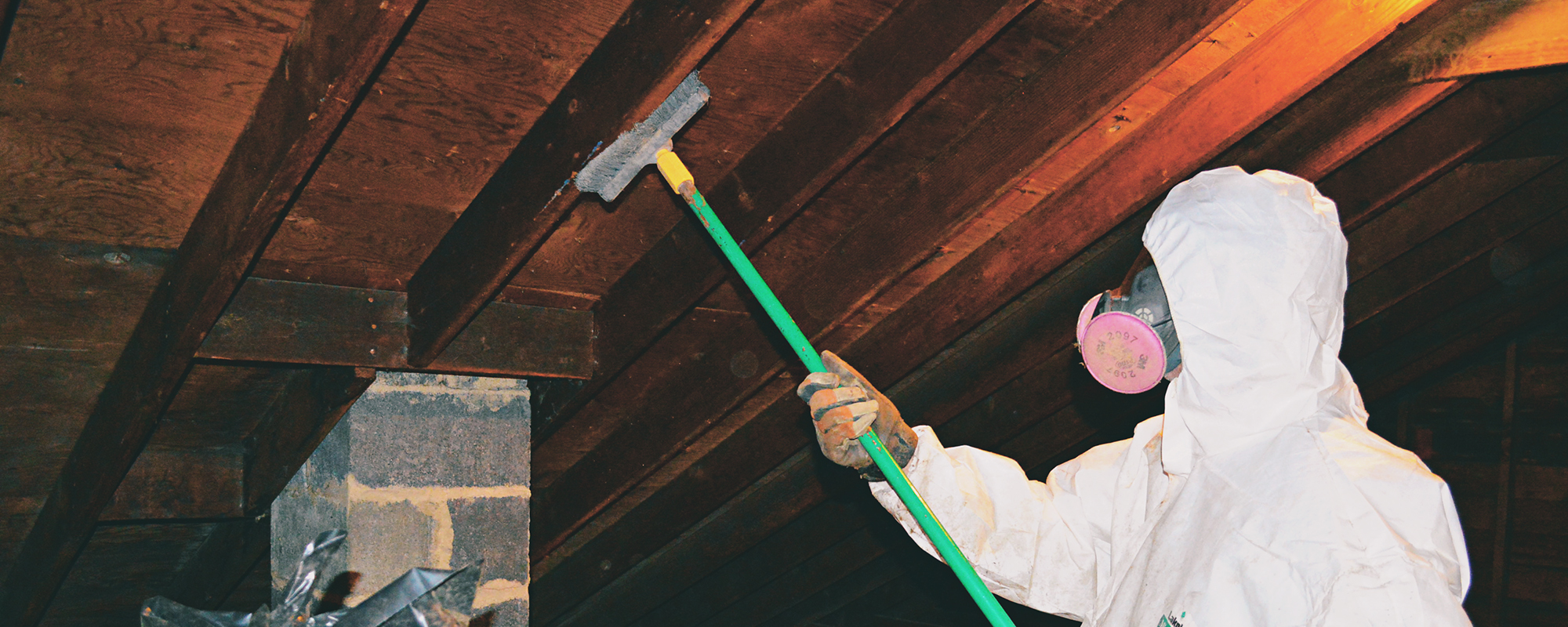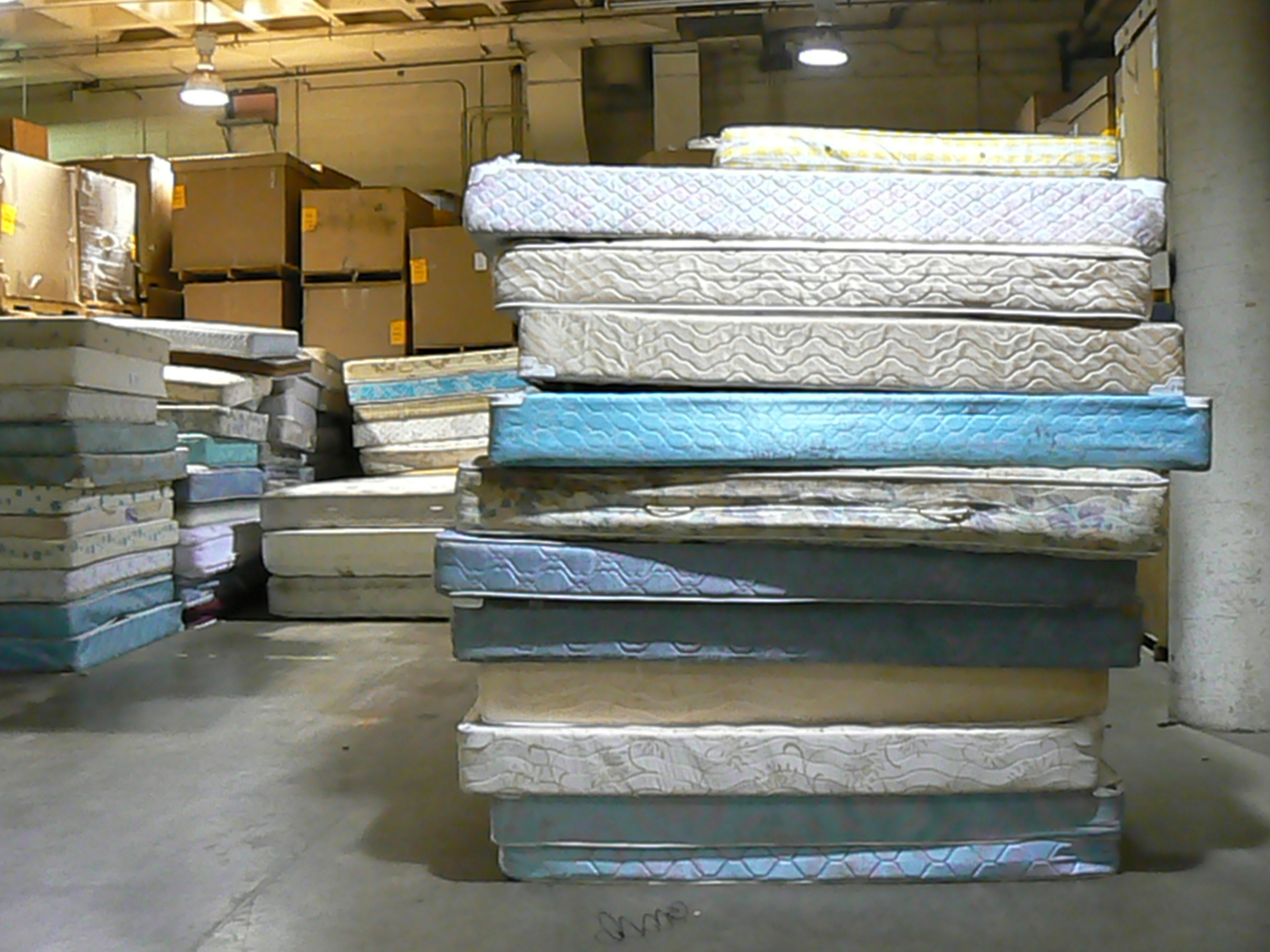If you've noticed a musty odor coming from your kitchen sink drain, chances are there is mold growing in it. Mold can be a pesky problem in any home, but it can be especially problematic in your kitchen sink drain where food particles and moisture create the perfect breeding ground for it. But fear not, with the right cleaning techniques, you can easily get rid of mold in your kitchen sink drain and prevent it from coming back.How to Clean Mold from Your Kitchen Sink Drain
The first step in getting rid of mold in your kitchen sink drain is to thoroughly clean the area. Start by removing any visible mold with a scrub brush and a mixture of equal parts water and white vinegar. Then, pour a cup of baking soda down the drain followed by a cup of white vinegar. Let this mixture sit for 10-15 minutes before flushing it down the drain with hot water. This will help to kill any remaining mold and remove any lingering odors.How to Get Rid of Mold in Your Kitchen Sink Drain
If you prefer to use natural ingredients to remove mold from your kitchen sink drain, there are a few DIY methods you can try. One option is to mix a half cup of baking soda with a few drops of tea tree oil and a cup of white vinegar. Pour this mixture down the drain and let it sit for 30 minutes before flushing it with hot water. Tea tree oil is known for its anti-fungal properties, making it an effective natural solution for removing mold.DIY Mold Removal for Kitchen Sink Drains
The best way to deal with mold in your kitchen sink drain is to prevent it from growing in the first place. One of the easiest ways to do this is to make sure your sink is always dry after use. Wipe down the sink and drain with a clean towel to remove any moisture. You can also pour a cup of boiling water down the drain once a week to kill any mold spores that may be starting to form. Additionally, regularly cleaning your sink and drain with a mixture of baking soda and white vinegar can help prevent mold growth.Preventing Mold Growth in Kitchen Sink Drains
If you prefer to use commercial products to remove mold from your kitchen sink drain, there are many options available. Look for products that specifically target mold and mildew, and follow the instructions carefully. It's also a good idea to wear gloves and a mask when using these products to protect yourself from harsh chemicals.Best Products for Removing Mold in Kitchen Sink Drains
If you're not quite sure if there is mold growing in your kitchen sink drain, there are a few signs to look out for. Aside from the musty odor, you may also notice black or green spots in and around your drain. These spots can also appear slimy or fuzzy in texture. If you notice any of these signs, it's important to take action to remove the mold and prevent it from spreading.Signs of Mold in Your Kitchen Sink Drain
Mold loves to grow in dark, damp, and warm environments, making your kitchen sink drain the perfect place for it to thrive. Food particles and grease can also contribute to mold growth, providing a food source for the spores. It's important to regularly clean your sink and drain to prevent mold from growing and spreading.Why Mold Grows in Kitchen Sink Drains
In addition to the DIY methods mentioned earlier, there are other natural remedies you can try to remove mold from your kitchen sink drain. These include using a mixture of hydrogen peroxide and water, or a solution of salt and lemon juice. These ingredients have natural antibacterial and antifungal properties that can help kill mold and prevent it from coming back.Natural Remedies for Removing Mold in Kitchen Sink Drains
Once you've successfully removed mold from your kitchen sink drain, it's important to take steps to prevent it from coming back. In addition to regularly cleaning and drying your sink and drain, you can also use a mold-inhibiting product specifically designed for kitchen sinks. These products help to create a barrier that prevents mold from growing on the surface of your sink and drain.How to Keep Your Kitchen Sink Drain Mold-Free
If you have a severe mold problem in your kitchen sink drain, it may be necessary to call in a professional. They have the proper tools and expertise to safely remove the mold and prevent it from spreading to other areas of your home. They can also offer advice on how to prevent mold from growing in your sink drain in the future.Professional Mold Removal for Kitchen Sink Drains
Cause of Mould in Kitchen Sink Drain
Understanding the Source of the Problem
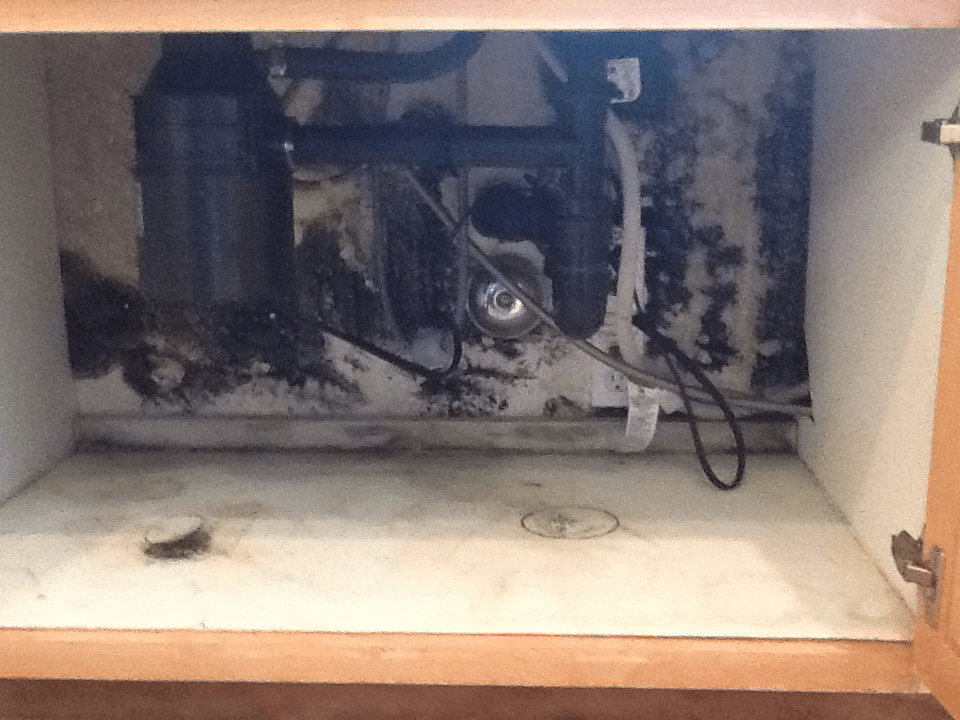 If you've noticed
mould
growing in your kitchen sink drain, you're not alone. This is a common issue that many homeowners face, and it can be frustrating to deal with.
Mould
is a type of fungus that thrives in damp, warm environments, making your kitchen sink drain the perfect breeding ground. However, simply cleaning the visible
mould
is not enough; understanding the source of the problem is crucial to prevent it from coming back.
If you've noticed
mould
growing in your kitchen sink drain, you're not alone. This is a common issue that many homeowners face, and it can be frustrating to deal with.
Mould
is a type of fungus that thrives in damp, warm environments, making your kitchen sink drain the perfect breeding ground. However, simply cleaning the visible
mould
is not enough; understanding the source of the problem is crucial to prevent it from coming back.
Moisture and Organic Matter
 In order for
mould
to grow, it needs two things: moisture and organic matter. Your kitchen sink drain provides the perfect environment for
mould
to thrive as it is constantly exposed to water and food particles that can accumulate over time. This creates a moist and nutrient-rich environment that promotes the growth of
mould
. Additionally, if your sink drain is not properly ventilated, the lack of air flow can also contribute to the growth of
mould
.
In order for
mould
to grow, it needs two things: moisture and organic matter. Your kitchen sink drain provides the perfect environment for
mould
to thrive as it is constantly exposed to water and food particles that can accumulate over time. This creates a moist and nutrient-rich environment that promotes the growth of
mould
. Additionally, if your sink drain is not properly ventilated, the lack of air flow can also contribute to the growth of
mould
.
Inadequate Cleaning
 Another common cause of
mould
in kitchen sink drains is inadequate cleaning. Many homeowners only clean the visible parts of their sink, neglecting the drain and pipes underneath. This can lead to a buildup of food particles, grease, and other debris, creating the perfect breeding ground for
mould
. Regularly cleaning and disinfecting your sink drain is essential in preventing
mould
growth.
Another common cause of
mould
in kitchen sink drains is inadequate cleaning. Many homeowners only clean the visible parts of their sink, neglecting the drain and pipes underneath. This can lead to a buildup of food particles, grease, and other debris, creating the perfect breeding ground for
mould
. Regularly cleaning and disinfecting your sink drain is essential in preventing
mould
growth.
Leaking Pipes
 Leaking pipes can also contribute to
mould
growth in your kitchen sink drain. If there are any cracks or holes in your pipes, water can drip onto the surrounding areas, creating a damp environment that
mould
thrives in. It's important to regularly check your pipes for any leaks and promptly fix them to prevent
mould
growth.
Leaking pipes can also contribute to
mould
growth in your kitchen sink drain. If there are any cracks or holes in your pipes, water can drip onto the surrounding areas, creating a damp environment that
mould
thrives in. It's important to regularly check your pipes for any leaks and promptly fix them to prevent
mould
growth.
Preventing and Eliminating Mould
 To prevent
mould
from growing in your kitchen sink drain, it's important to keep it clean and dry. Regularly scrubbing the drain and pipes with a mixture of
white vinegar
and
baking soda
can help eliminate any
mould
spores and prevent them from growing. Additionally, ensuring proper ventilation in your kitchen and fixing any leaks can also help prevent
mould
growth.
In conclusion,
mould
in kitchen sink drains is a common problem that is caused by moisture, organic matter, inadequate cleaning, and leaking pipes. By understanding the source of the problem and taking preventative measures, you can eliminate
mould
and keep your kitchen sink drain clean and free of any harmful fungus.
To prevent
mould
from growing in your kitchen sink drain, it's important to keep it clean and dry. Regularly scrubbing the drain and pipes with a mixture of
white vinegar
and
baking soda
can help eliminate any
mould
spores and prevent them from growing. Additionally, ensuring proper ventilation in your kitchen and fixing any leaks can also help prevent
mould
growth.
In conclusion,
mould
in kitchen sink drains is a common problem that is caused by moisture, organic matter, inadequate cleaning, and leaking pipes. By understanding the source of the problem and taking preventative measures, you can eliminate
mould
and keep your kitchen sink drain clean and free of any harmful fungus.

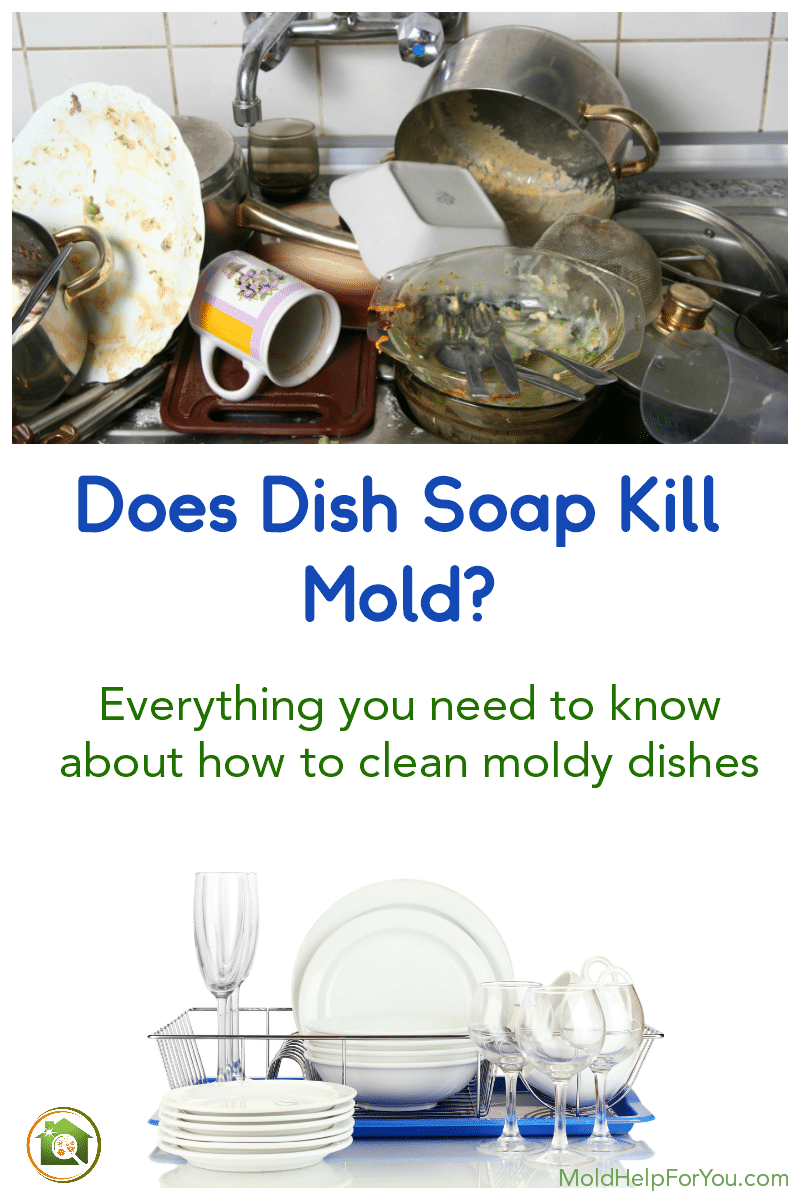




:max_bytes(150000):strip_icc()/how-to-clean-a-kitchen-sink-and-drain-02-5660035-7a630bc36f2c401bbe412bbe85937ff3.jpg)









/Getting-rid-of-drain-flies-2656670-V1-1340ca9ec3a743cb95a366862a9961c1.png)


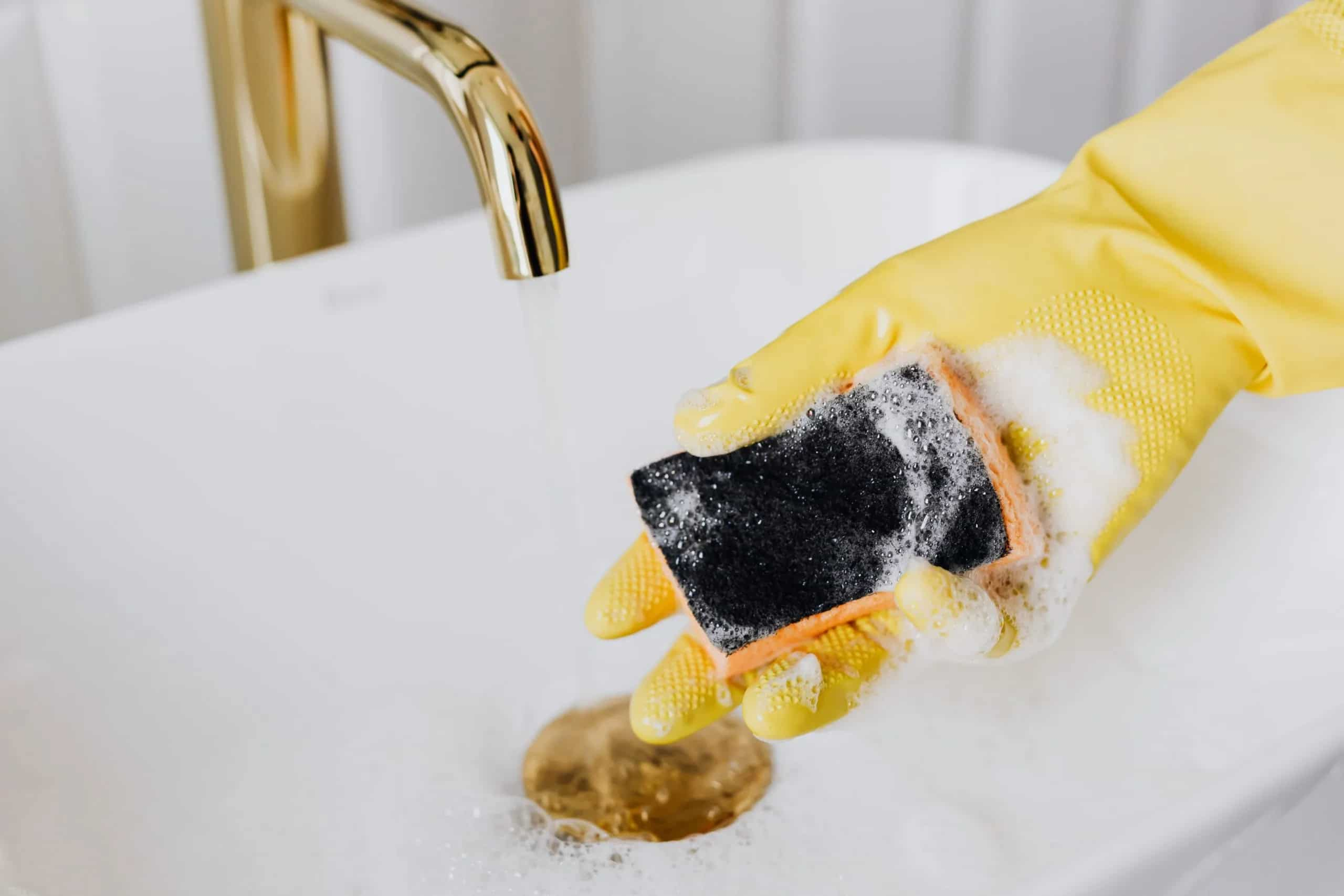



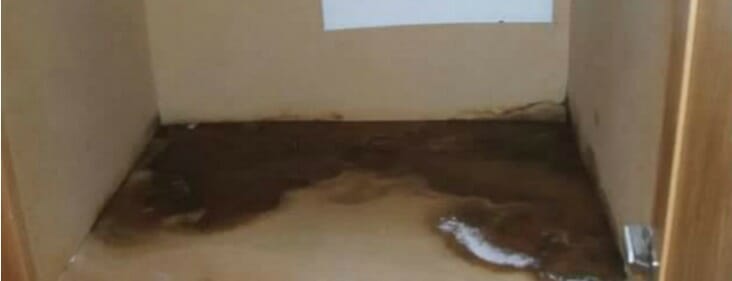

/how-to-install-a-sink-drain-2718789-hero-24e898006ed94c9593a2a268b57989a3.jpg)








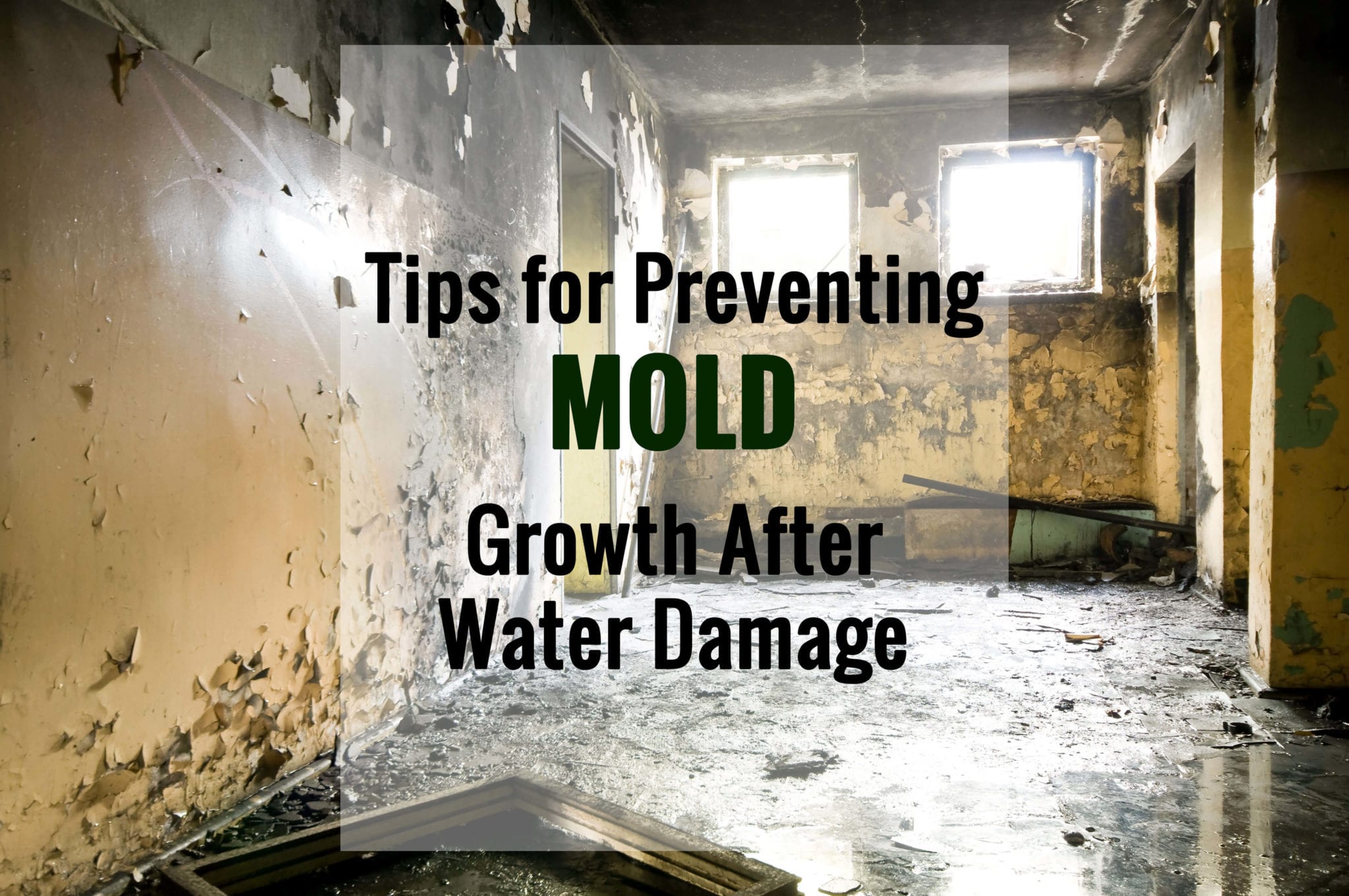
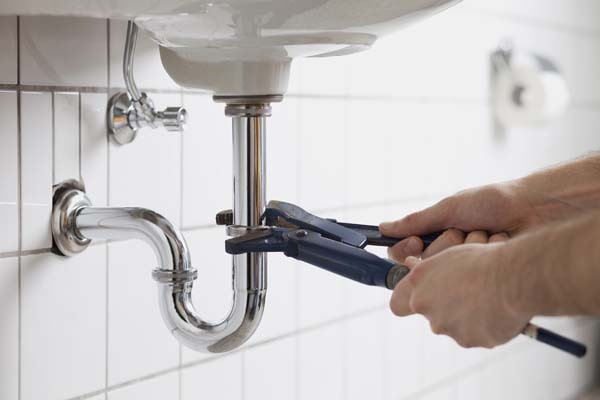
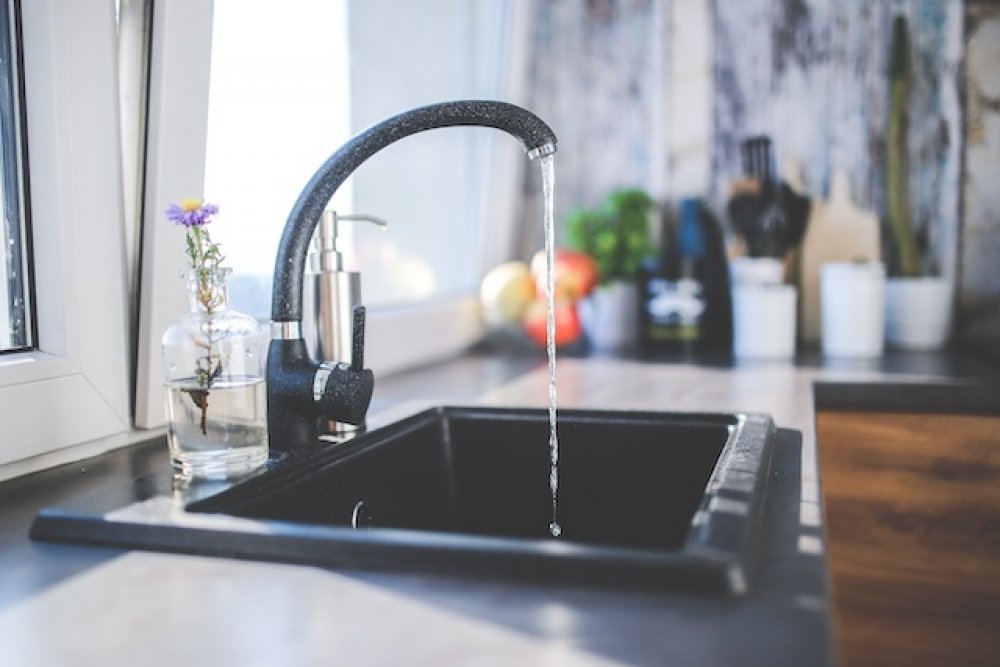



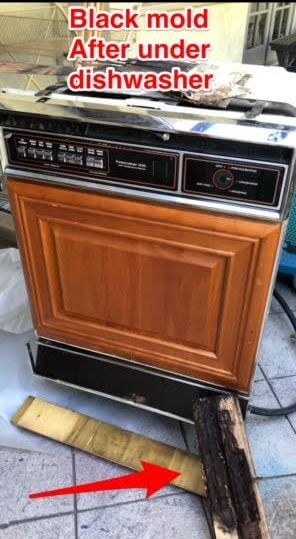





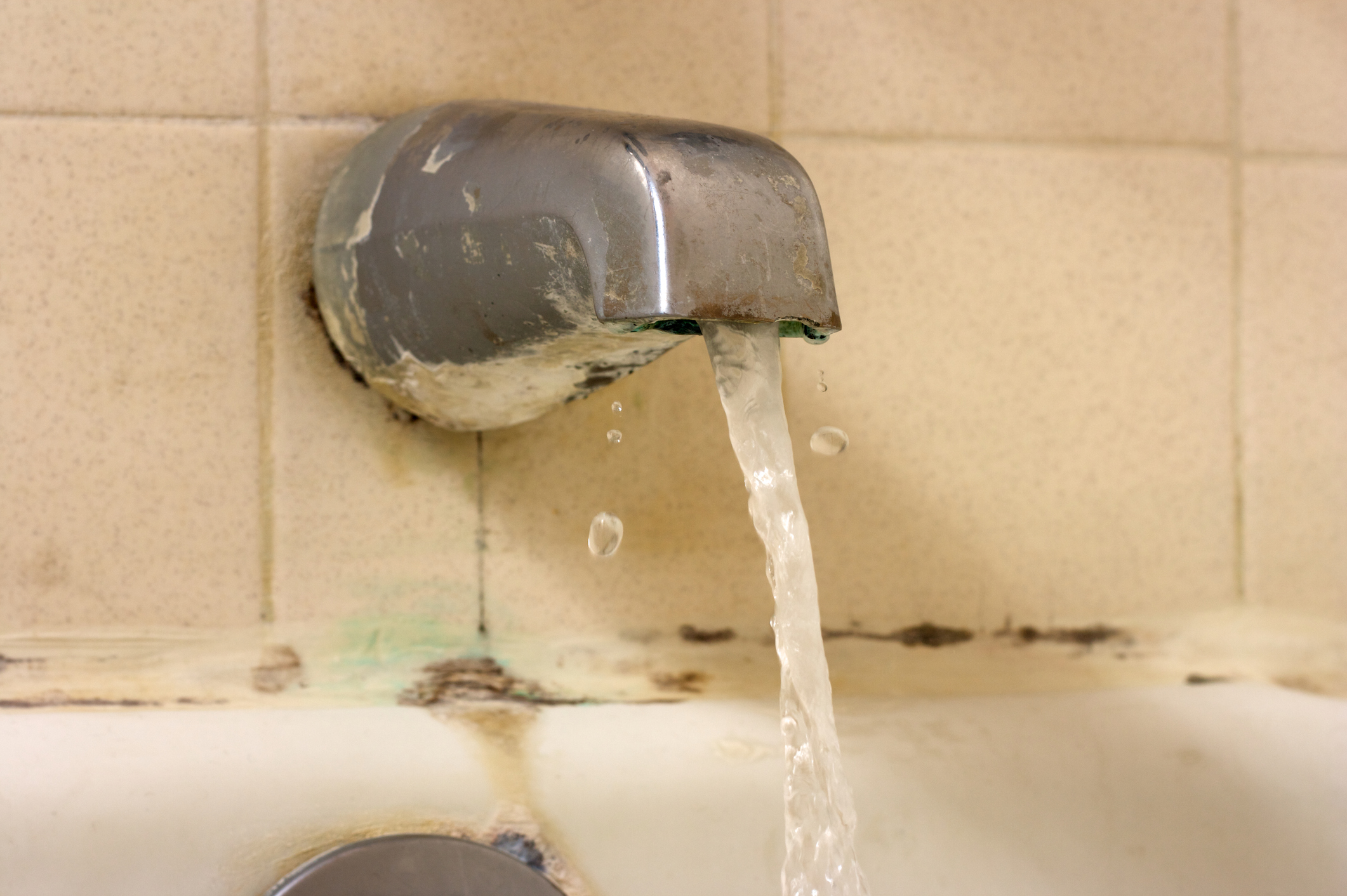
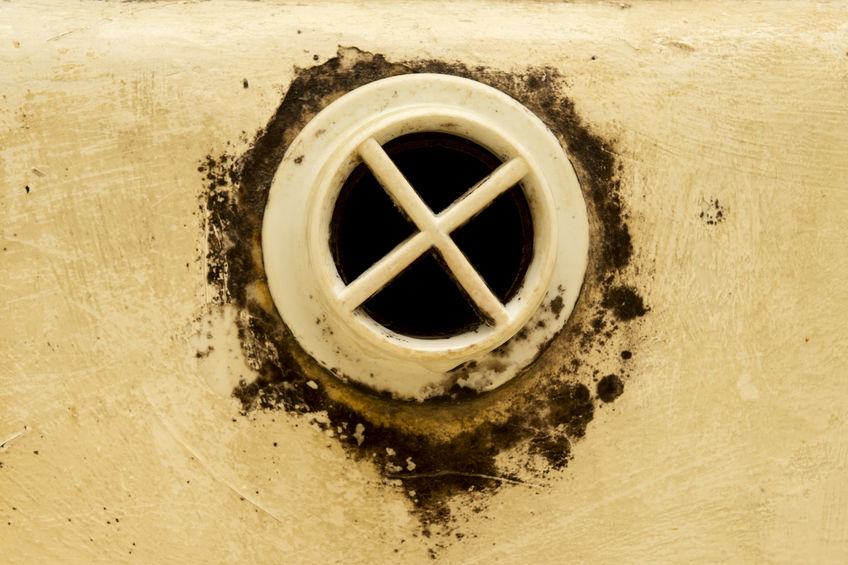


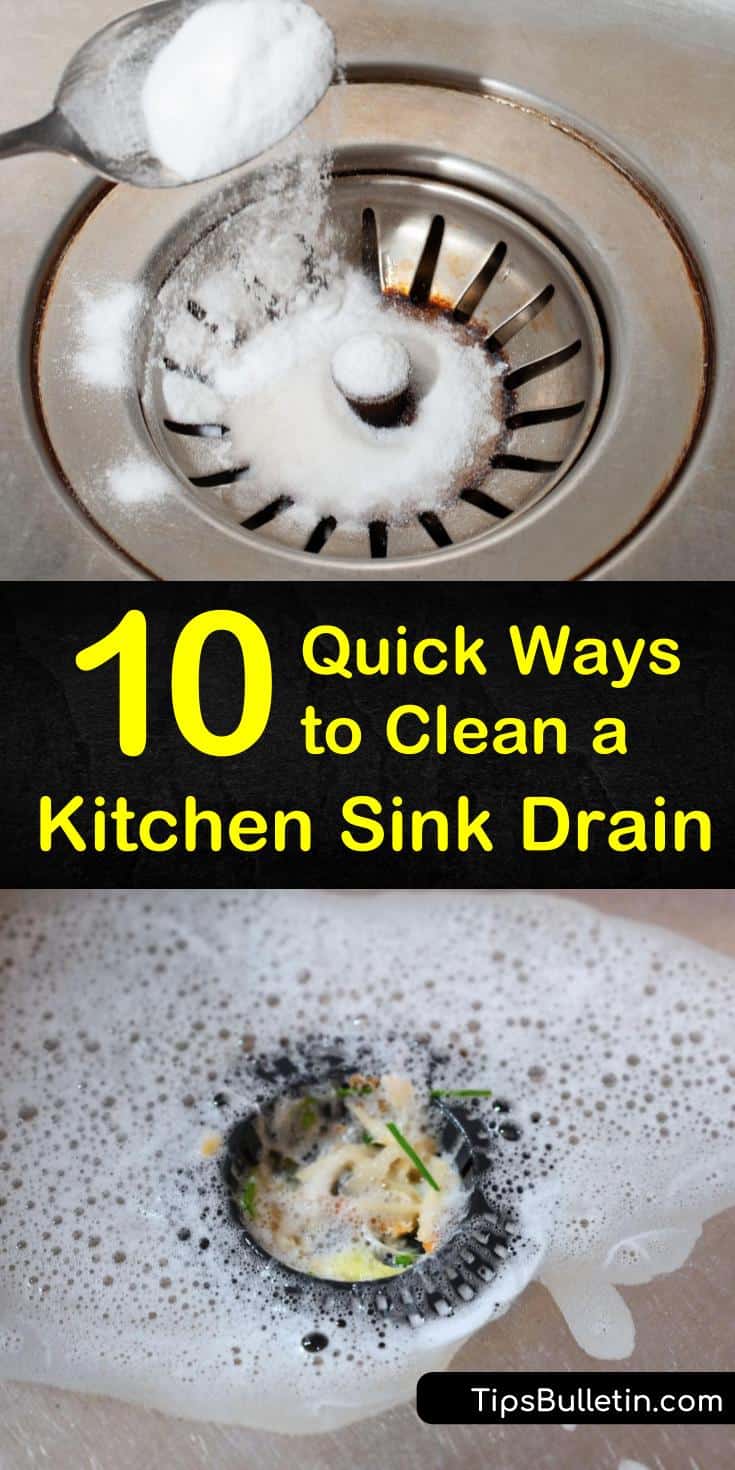
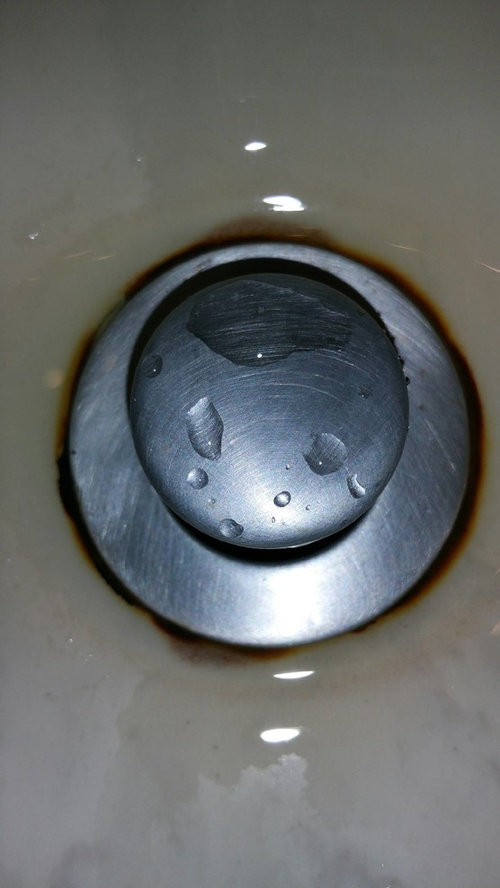
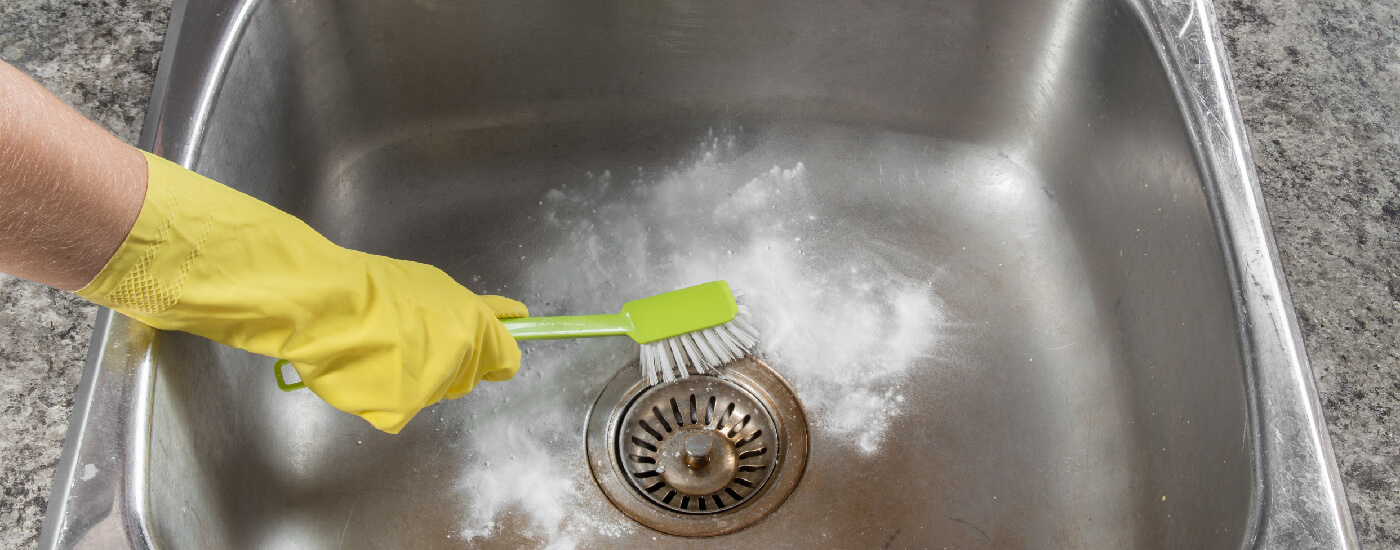



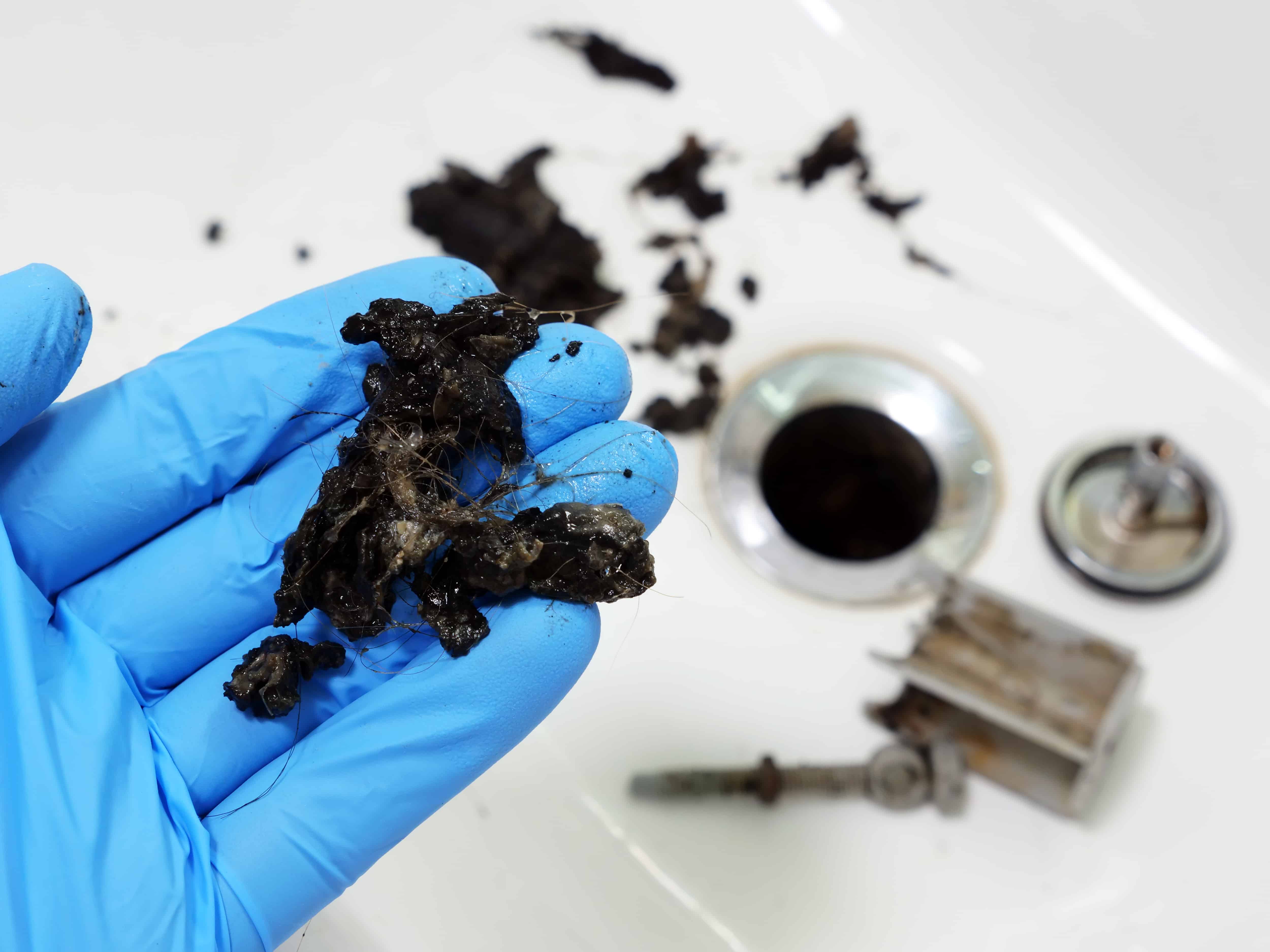
/how-to-install-a-sink-drain-2718789-hero-b5b99f72b5a24bb2ae8364e60539cece.jpg)


